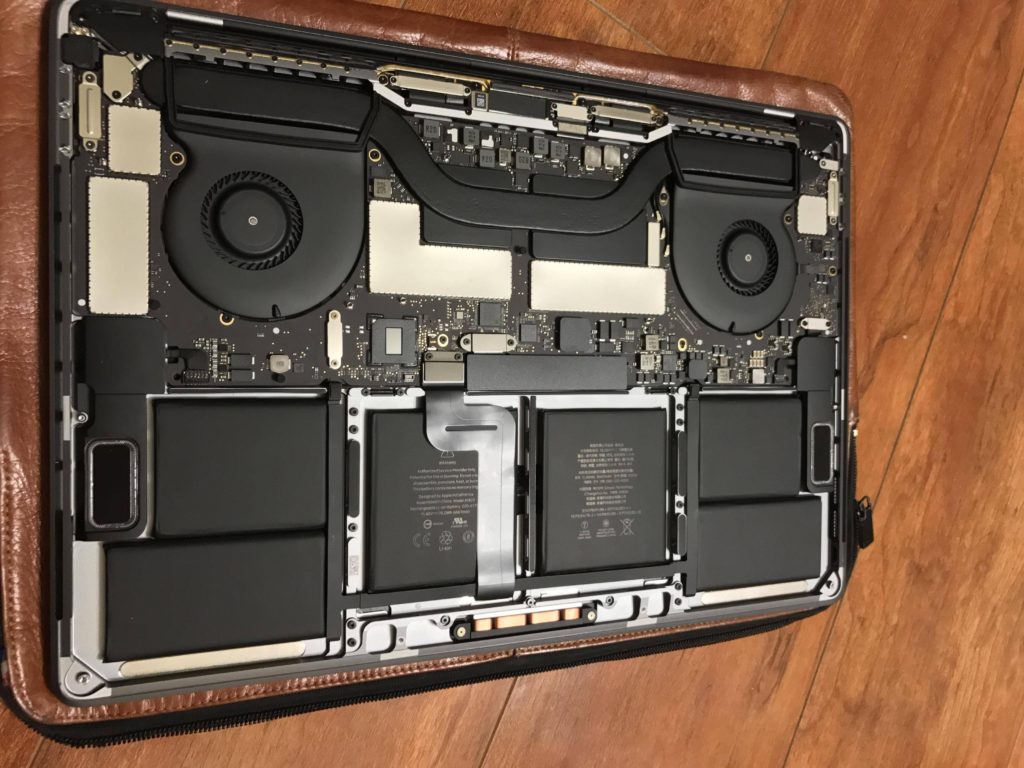
For some potential owners, one of the strikes against Apple was the limit of 16GB of RAM in the new MacBook Pro lineup, which some saw as a limiting factor.
Apple’s Phil Schiller has already spoken up on the matter, in response to an email he received from a customer wondering about the RAM limitation. Schiller said this at the time:
“Thank you for the email. It is a good question. To put more than 16GB of fast RAM into a notebook design at this time would require a memory system that consumes much more power and wouldn’t be efficient enough for a notebook. I hope you check out this new generation MacBook Pro, it really is an incredible system.”
The answer indicates that Apple avoided consuming a lot of power out of the new MacBook Pro lineup, which includes the Touch Bar variants, in an attempt to not only earn 10 hours of battery life in usage, but also make sure that the laptop was ready to go in the vast majority of instances after being in sleep mode for extended periods of time.
Now, MacDaddy has put together an in-depth look at why Apple went with the 16GB of RAM limitation, and compares it to other laptops on the market, as far as their use of DDR3 memory is concerned. As the publication notes, all DDR3 memory types are restricted to 16GB of RAM, so right out of the gate that’s what Apple was limited to if it wanted to use this type of memory.
But the question is, how much power is Apple saving by using DDR3 memory (specifically LPDDR3E)? The publication notes:
“The short and very rough answer is that under normal conditions the RAM uses 1.5 watts as it is, and if it were using DDR4 memory it would use about 3-5 watts. That would be about 20% of the overall system power usage to use DDR4 RAM, vs a bit less than 10% of overall power usage by LPDDR.”
And:
“It’s impossible to get an exact figure on it, but depending on the usage it can be estimated that between 2 and 5 watts are saved using LPDDR3E RAM instead of DDR4. And since the system averages to drawing about 20 watts on battery in normal usage, this can be said to be the difference of the RAM using 2 watts versus 3-6 watts for DDR4. Translated to overall power usage that would make the difference of 10% of power being dedicated to RAM versus the 20-30% it would be for DDR4.”
It’s also worth noting that the publication notes that LDDPR RAM “uses about 80% less energy” while the computer in question is sleeping, when compared to standard DDR RAM.
As it stands, it looks like while the 16GB of RAM limitation may be an issue for some, for those that can work with it the power consumption is a nice bonus, especially for standby times when the computer is not in use. Apple’s products typically always have a decent longevity when it comes to standby, so it really isn’t a surprise to see them aiming for the same goal with the new MacBook Pro lineup.
Phil Schiller had some comments about the report, too, pointing out a few details:
“Hi Ben,
Thanks for asking.
The article is nice but not entirely accurate. The MacBook Pro uses 16GB of very fast LPDDR memory, up to 2133MHz.
To support 32GB of memory would require using DDR memory that is not low power and also require a different design of the logic board which might reduce space for batteries. Both factors would reduce battery life.Phil
Sent from my iPhone”
You can read the full report through the source link below.
[via MacDaddy]